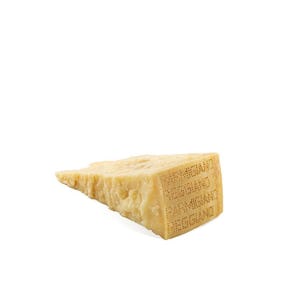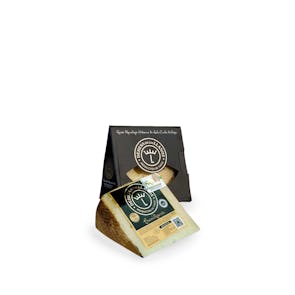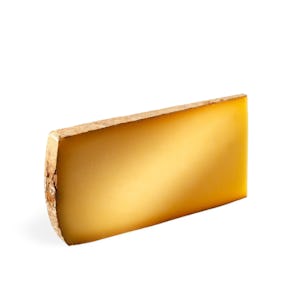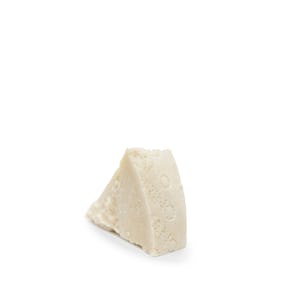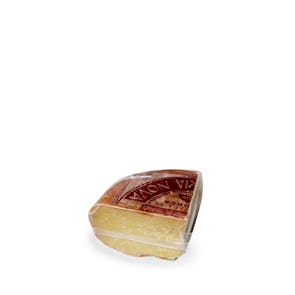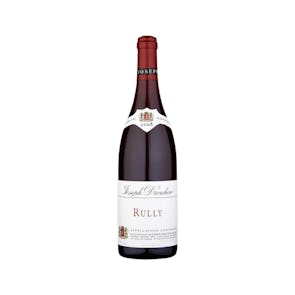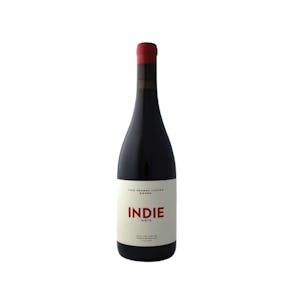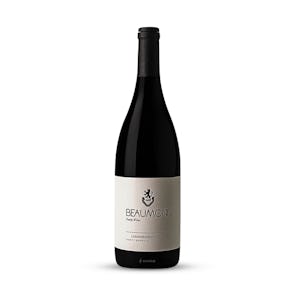4.4
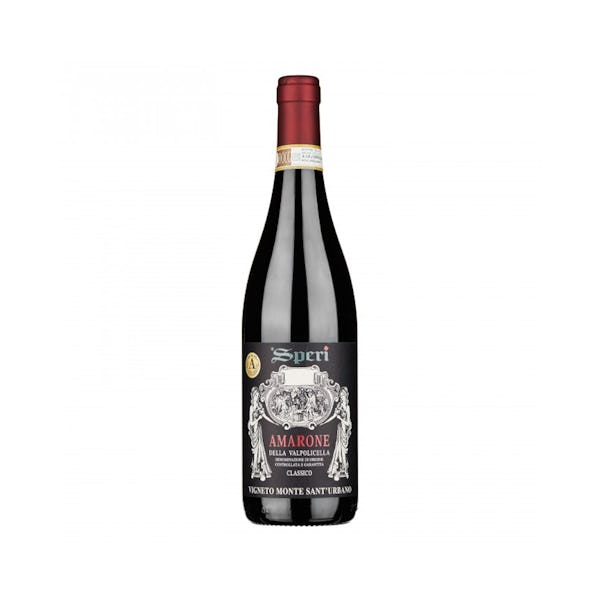
TASTING NOTES FROM THE CURATOR
Amarone della Valpolicella appears deep garnet red in color, with an ethereal bouquet of dried fruit like plum and black cherry. It is a rare, forceful wine, one that lends itself well to aging. Amarone means “the great bitter”. Grapes given this name are harvested in October, then allowed to dry on straw mats in order to concentrate the sugars and flavors before pressing. The resulting wine is full-bodied, filling, warm, and dry at once on the palate. Matured first in French oak casks, then Slavonian ones, before resting in bottles—a process that lasts four and a half years—the Amarone della Valpolicella well deserves its DOCG appellation, the highest certificate of quality in Italy.
PAIRINGS
The robustness of Amarone wine makes it ideal for drinking with a steak or stew dinner. In the Veneto region, in particular, it is often paired with offal and game meat, as well as pasta and bean dishes. Duck goes particularly well with Amarone, especially with a sauce made from a reduction of the same wine. This is a wine that will go well with the richness of Castaing Entier Goose Foie Gras Mi-Cuit. If you prefer fish with your glass, steer toward those with stronger tastes, like tuna or monkfish. This forceful wine goes best with equally strong cheeses like Pecorino Vecchio, Parmigiano Reggiano, or the more potent blues, such as Roquefort and Danish Blue.
ONE GRAPE WITH FIVE LEVELS OF DISTINCTION
The Valpolicella, that prize from the valley region called the “pearl of Verona”, produces five distinct appellations. The most widely available is the Valpolicella Classico, young and punchy straight out of the bottle. To be considered Valpolicella Superiore, the wine must be aged at least a year and have a more concentrated taste. The denser Ripasso della Valpolicella (alternatively called Valpolicella Ripasso or Valpolicella Superiore Ripasso) is made by including the skins of the Amarone grapes in the wine’s second fermentation process. The Amarone della Valpolicella is an off-dry wine using only the Amarone grapes. A more specialized version of the Amarone della Valpolicella is of single-vineyard origin, ensuring more uniform quality. It is often a flagship wine of that vineyard. The fifth appellation is the Recioto della Valpolicella, a dessert wine made with Amarone grapes but with a fermentation halted partway to retain the residual sugars. The first three tiers have DOC certification, while the latter two have earned the coveted DOCG status. Few other wine varieties can claim the same sort of complexity and status.
Taste Profile
Technical Sheet
Storage Instructions
Store unopened red wines in a cool, dry, and dark place safe from constant vibration. Keep your bottle horizontal in a wine rack or cellar to retain the moistness of the cork. The ideal temperature for storage is between 16 to 18°C. Once opened, a bottle will be good for 3 to 5 days standing upright in the refrigerator.


